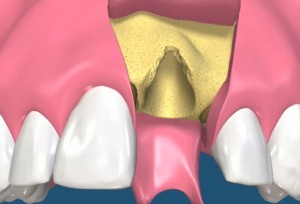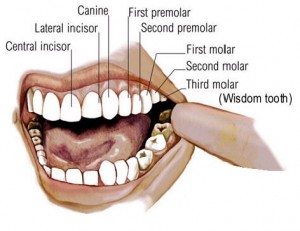Implants are frequently placed two to three months following tooth extraction. This is referred to as delayed implant placement, in contrast to immediate implants where the implant is placed on the same day as extraction. Delayed implant placement should be done in the following clinical situations:
In Presence of Significant Infection
If a tooth is infected, it is best to extract it and allow the site to heal for two to three months before placing an implant in delayed fashion. Immediate implant placement in infected sites has a high risk of failure and should be avoided.
Sites with Significant Bone Loss After Extraction
When there is significant bone loss following extraction, whether from infection or from bone removal during extraction, it is best to to delay the implant placement. Implant success requires good implant stability and bone integrity. If the implant is placed immediately into a site with poor bone support, the risk of failure increases dramatically. Any extraction site with loss of significant bone should be grafted at time of extraction (extraction site augmentation/preservation graft). After four to six months of healing, the implant may be placed.

Molars and Some Premolars
Implants should always be placed in delayed fashion for molar and some premolar teeth. This is because the root anatomy and size make it very difficult to achieve proper implant support and bone coverage. The failure rates are higher when implants are done immediately in molars and some premolars with very large roots. Therefore it is best to wait and place the implant in delayed fashion.
